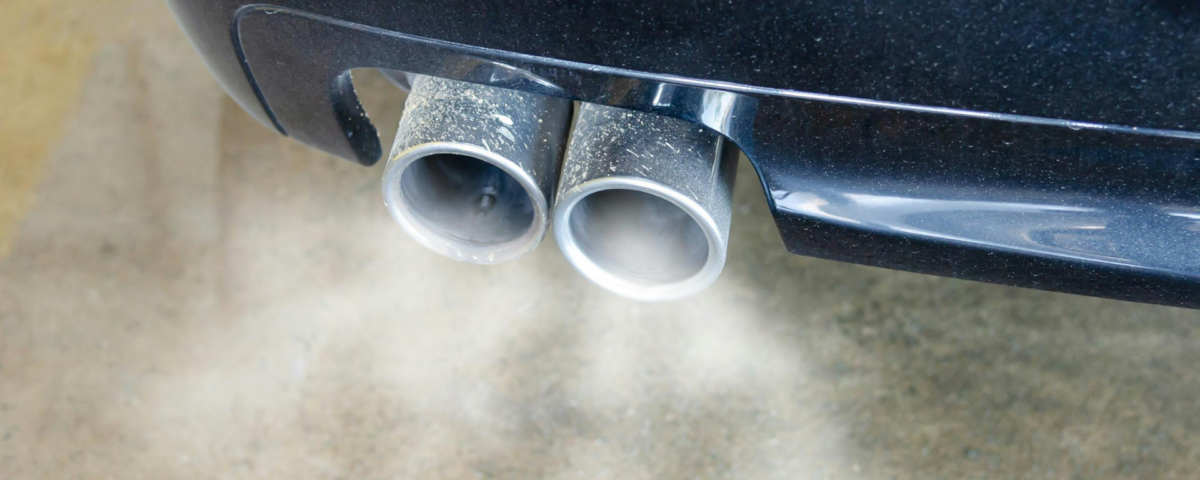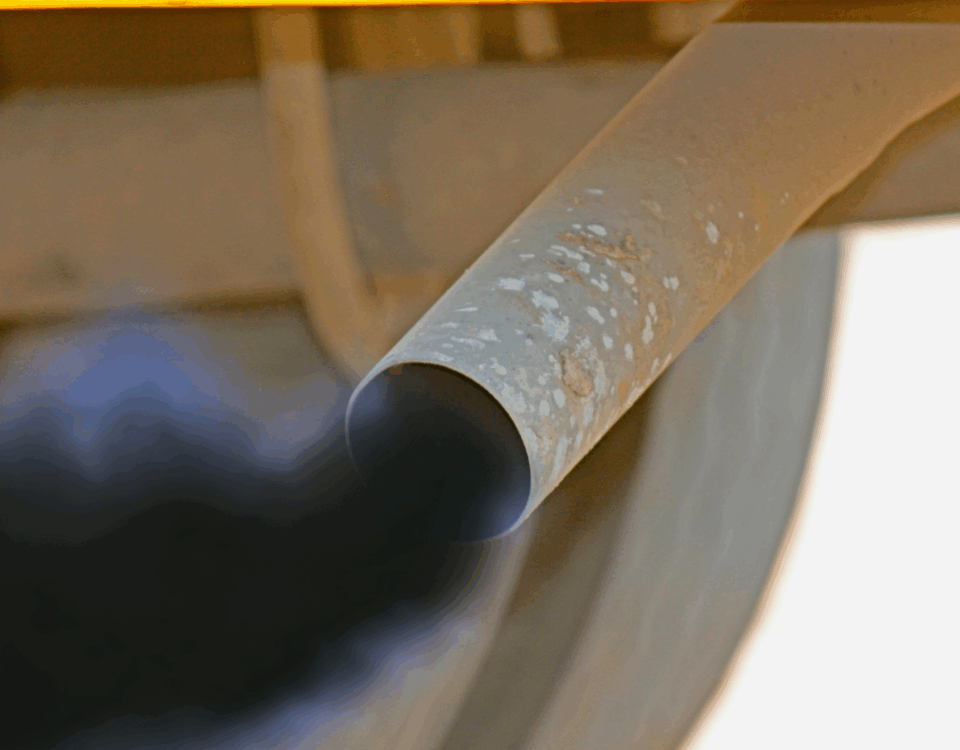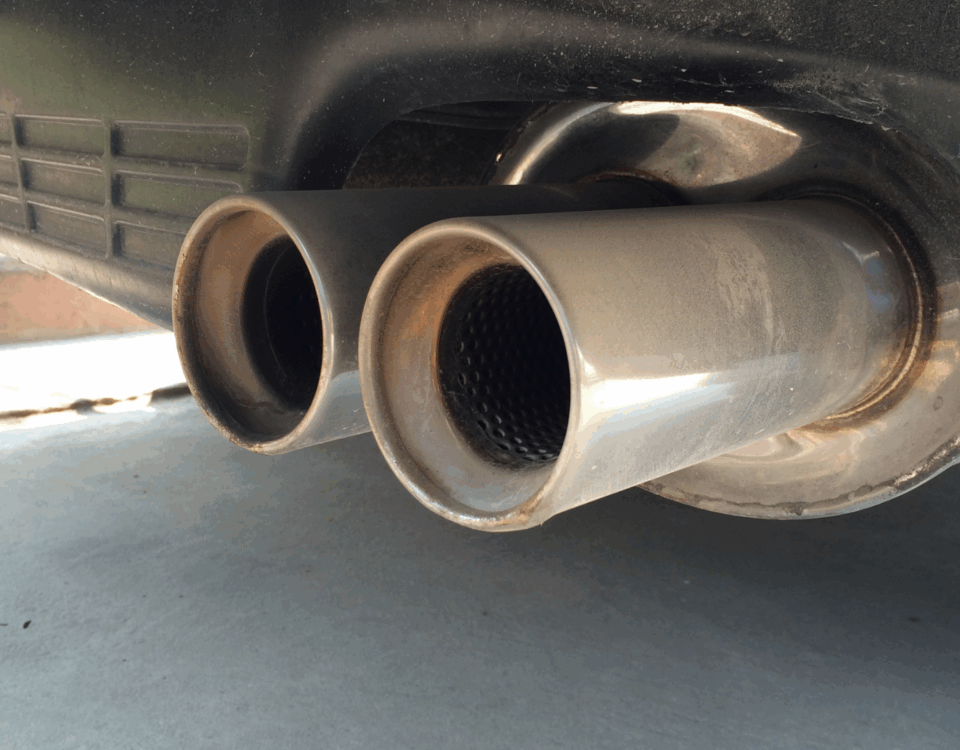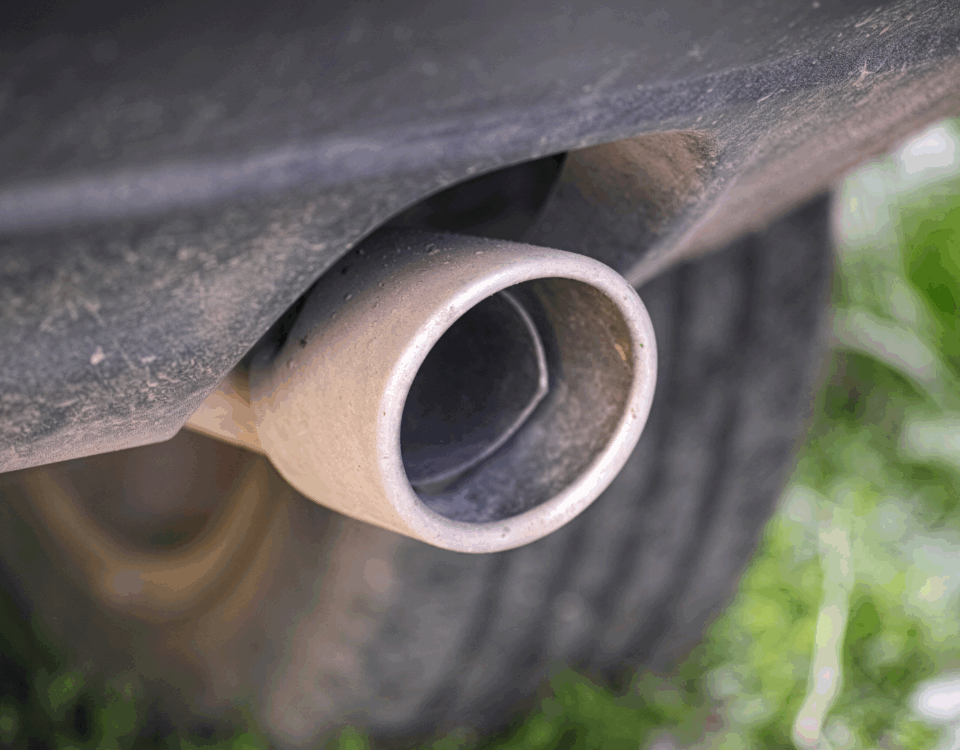
Smog Inspection Station Near You: Finding a Reliable Service
February 6, 2025
Smog Inspection Station Requirements: What You Need to Know
February 6, 2025Check Engine Light: A Guaranteed Failure
One of the most common reasons a vehicle fails a Smog Inspection Station test is the check engine light being on. Many car owners don’t realize that even if the vehicle is running smoothly, an illuminated check engine light automatically results in a failed test. This happens because the vehicle’s onboard diagnostics system detects a fault in the emission system, which is a major factor in determining air quality compliance. To avoid this, always have a mechanic diagnose and fix the underlying issue before heading to the smog check. Clearing the light without fixing the problem won’t help, as modern smog tests include a readiness monitor check, which detects recently reset codes.
Worn-Out or Malfunctioning Catalytic Converter
The catalytic converter plays a crucial role in reducing harmful emissions by converting pollutants into less harmful gases before they exit the exhaust system. If it is failing or has been tampered with, your car will likely fail the smog test. This component can wear out due to engine misfires, oil contamination, or excessive heat exposure. Some vehicle owners may attempt to remove or bypass the catalytic converter, but doing so is illegal and will result in an automatic failure at a Smog Inspection Station. If your mechanic suggests replacing it, make sure to use a certified part that meets state emission standards.
Dirty or Faulty Air Filter Affecting Emissions
A clogged air filter may not seem like a big problem, but it can significantly affect your vehicle’s emissions. A dirty filter restricts airflow to the engine, leading to an improper air-to-fuel ratio. This causes higher levels of hydrocarbons and carbon monoxide emissions, which can result in a failed smog test. Many vehicle owners overlook this simple yet important component when preparing for a Smog Inspection Station visit. Replacing an air filter is one of the most affordable and easiest ways to improve engine performance and increase the chances of passing the test.
Issues with the Oxygen Sensor Leading to High Emissions
The oxygen sensor monitors the amount of oxygen in the exhaust gases and helps regulate the engine’s air-fuel mixture. If the sensor is faulty, the engine may burn too much fuel, leading to higher carbon monoxide emissions. A malfunctioning oxygen sensor is one of the leading causes of a failed smog test and can significantly decrease fuel efficiency. Most vehicles have multiple oxygen sensors, and even if one fails, it can throw off the entire system. If your car is consuming more fuel than usual or has sluggish acceleration, it’s a good idea to check the oxygen sensors before taking it to a Smog Inspection Station.
Evaporative Emissions System Leaks and Fuel Cap Problems
A loose, damaged, or missing fuel cap might seem like a minor issue, but it can cause your car to fail a smog test. The fuel cap prevents fuel vapors from escaping into the atmosphere, and any leaks in the evaporative emissions system can trigger a failure. The smog test includes a pressure test on the system to ensure there are no leaks. If your car fails this part of the test, the first thing to check is the gas cap. If it’s cracked or doesn’t seal properly, replacing it with a manufacturer-approved cap is a simple fix. Additionally, if your vehicle has other leaks in the fuel system, it’s important to have them repaired before the smog check.
Passing a smog test requires proper vehicle maintenance and attention to detail. By addressing these common issues beforehand, you can save time, avoid costly repairs, and ensure your car remains compliant with emission standards. Before heading to a Smog Inspection Station, take the time to inspect your vehicle and fix any potential problems to increase your chances of passing the test on the first try.






